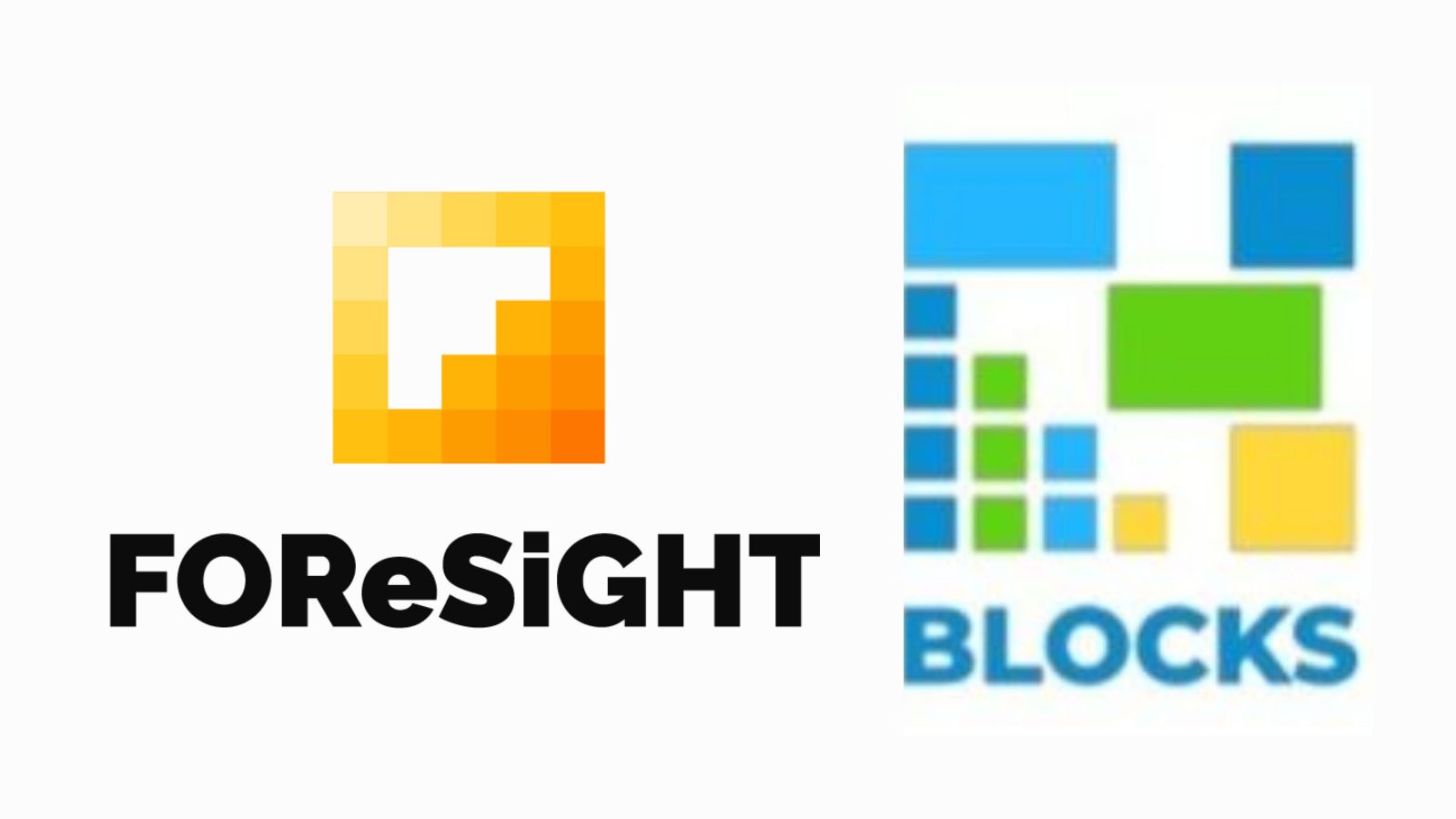Use this tool to clarify how your products and services create value for the customer by addressing the most critical jobs, pains, and gains they care about.
Value Propositions are how the company wants to get to the moment its products and services create value for a specific Customer Segment/Buyer Persona. In the Lean Startup Methodology, this moment is called the Product/Market Fit.
Defining Value Propositions is about
– Identifying Customer Segments’ real needs
– Linking them to the value that the business can offer them
In this context, Value Proposition Canvas (also called Product/Market Fit Canvas) helps:
– Defining Value Propositions
– Getting to the Product/Market Fit
Value Propositions Canvas takes part in
the Business Model Canvas by ensuring tight links between Value Propositions and Customer Segments.

